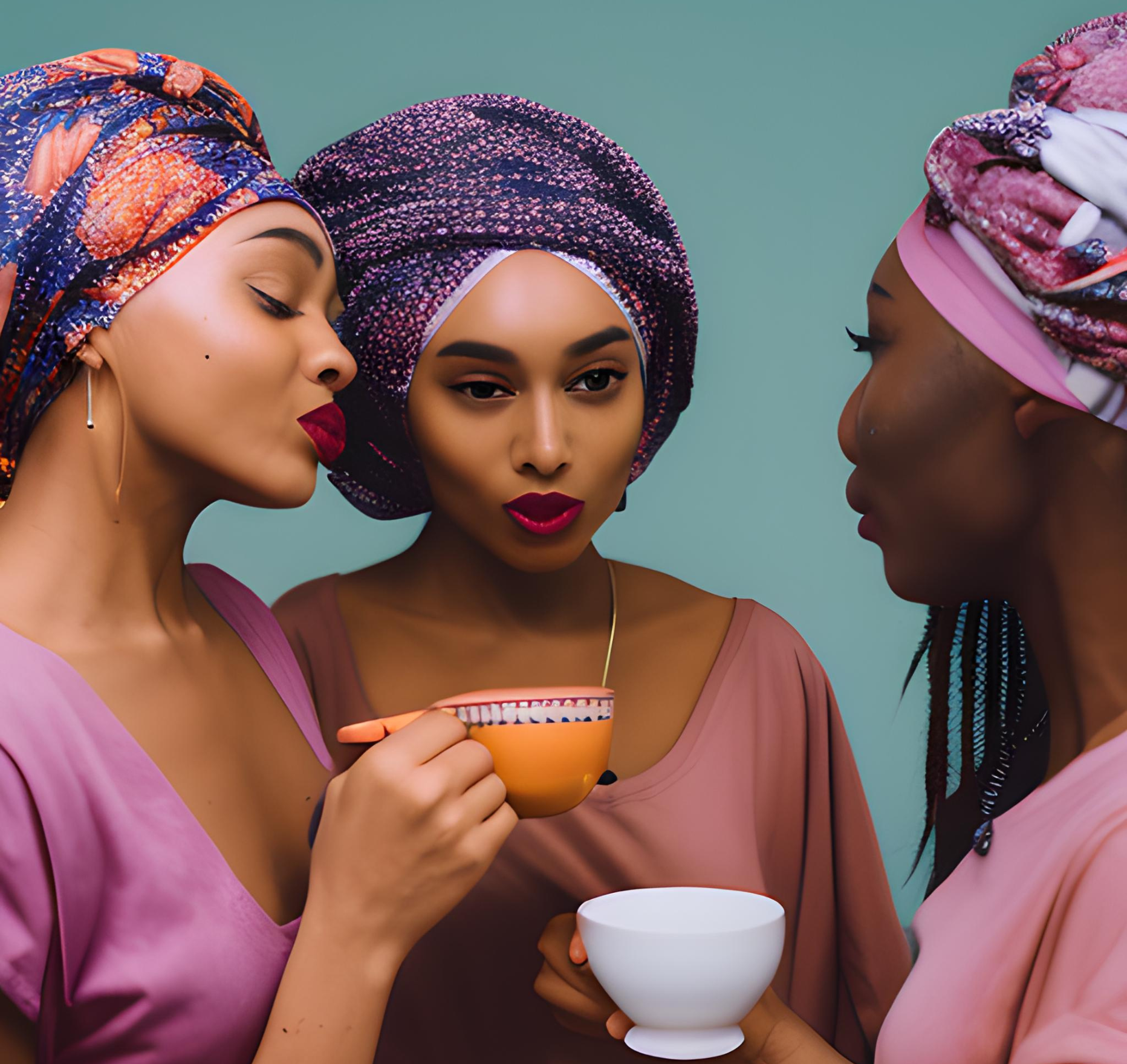ABOUT US
ABOUT US

I.Y.A.N.G.A promotes the ancient art of Yorùbá Gèlè artisans and culture.
Gèlè (pronounced ‘gay-lay’) is simply headwear that has its roots in Yorùbá women’s fashion, both national and international. The ultimate attire worn by women of all ages, classes and statuses offers the celebrated premium glamour befitting a true Yorùbá dress.
The origin of the gèlè, which derives from Yorùbá culture and virtues, is not known exactly. However, many archival photographs dating back over a century suggest that gèlè must have existed much longer than when these images were taken. From the mid-20th century, gèlè headgear evolved into more stylish, larger, sculptural designs. Perhaps one of the reasons gèle evolved into a more stylish statement of women’s fashion as Nigeria neared independence from British colonial rule was her love for the clothes of the native Yorùbá tribe. In the 19th century, interest in gèlè increased.
In the 1960s and late 1970s, strictly indigenous African-style women’s fashion, especially with gèlè, was very fashionable. For example, according to the work of photographer J.D. Ohio Jaykele (1930-2014), in the 1960s more and more women wore her three-piece indigenous clothing of Iro, Buba, and Ipele (cloth made of the same fabric as the gele and draped over the shoulder), and Gèlè was a must(the ìró, bùbá, and ìpèlé is considered incomplete without the gèlè).
After the 1966-1970 civil war between Nigeria and Biafra, Lagos increased its appeal as a seat of political power and economic centre for a new country fresh out of preventable war. Despite the oil boom that lasted from the early 1970s until the late 1980s, the rest of Nigeria was severely underdeveloped. And alongside the civil war’s devastating effects on the eastern part of the country, migration to Lagos coincides with an increase in social gatherings in the country’s capital. Primarily Yorùbá, Lagos unwittingly spread a culture of extravagant partying among the city’s other ethnic groups. It became the norm even among people who came to the city from other regions where they did not speak. They outnumbered other non-Yorùbá ethnic groups that migrated to Lagos.
It was only a matter of time before Igbo and Niger Delta women also picked up the gèlè fashion trend. These factors from Lagos and western Nigeria seem to have had a strong influence on the fashion for women’s headwear known as gèlè. The gèlè has evolved over the years and has raised awareness of women’s national dress in general for centuries. As a design, the gèlè women’s fashion tradition has been adopted by the diaspora as a style and cultural symbol. In 2016, Lupita Nyong’o wore a gèlè at the movie premiere of Queen of Katwe. The headdress’s journey into the vast international space is also seen in Beyoncè’s film ‘Black Is King’.
Over the years, other West African countries such as Ghana have adopted gèlè as part of their clothing ensembles. Bùbá and ìró are currently less popular among young Yorùbá women who prefer tight-fitting western dresses and skirts, but Gele continues to grow in a variety of designs to this day. Gele is very popular in the diaspora. There are people who pack headgear professionally.
Traditionally, gèlè was used to represent a woman’s marital status. If you wear it on the right, you are married, if you wear it on the left, you are single. Large gels are more expensive than smaller ones, so they also serve as social status symbols. It is worn on many occasions such as weddings, funerals, festivals, state celebrations, and religious gatherings. The nature of the occasion dictates the type of fabric and how the gèlè is tied. A typical Nigerian woman has a gèlè that is suitable for every occasion.